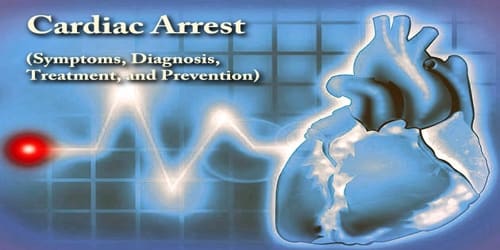Densitometry is the quantitative measurement of optical density caused by light exposure in light-sensitive materials such as photographic paper or photographic film. It is a technique for measuring a material’s optical density, typically in the context of analyzing images produced by various scientific instruments. It is a logarithmic measure of how much light is attenuated as it passes through or is absorbed by a substance. In other words, it measures how much light a material absorbs or scatters.
Overview
Optical density is a result of a developed image’s darkness and can be expressed absolutely as the number of dark spots (i.e., silver grains in developed films) in a given area, but it is usually expressed as a relative value on a scale.
Because density is commonly measured as a decrease in the amount of light passing through a transparent film, it is also known as absorptiometry, or the measurement of light absorption through the medium. A densitometer (absorptiometer) is the corresponding measuring device. The absorbance or density is defined as the decadic (base-10) logarithm of the reciprocal of the transmittance.
Basic Principle
The basic idea is to compare the intensity of light transmitted through a sample to the intensity of light transmitted through a reference or background. The ratio of these intensities is then used to calculate the sample’s optical density. Densitometry can be done manually with tools such as a densitometer or with the assistance of specialized software that analyzes digital images. Densitometry may be used in medical imaging to analyze X-ray images or bone density scans.
DMax and DMin are the maximum and minimum densities that the material can produce. The density range is what distinguishes the two. The Hurter-Driffield curve connects the density range to the exposure range (dynamic range), which is the range of light intensity represented by the recording. In photography, the dynamic range is frequently measured in “stops,” which is the binary logarithm of the ratio of highest and lowest distinguishable exposures; in engineering, the dynamic range is usually expressed in decibels.
Application
Densitometry is commonly used in the imaging and analysis of biological samples, such as in molecular biology and biochemistry. Densitometry is frequently used to analyze gel images in gel electrophoresis, where biomolecules such as DNA, RNA, or proteins are separated based on their size or charge.
In summary, densitometry is a technique that quantifies the amount of light absorbed or transmitted by a material and is frequently used in scientific and medical applications for image and data analysis.
















